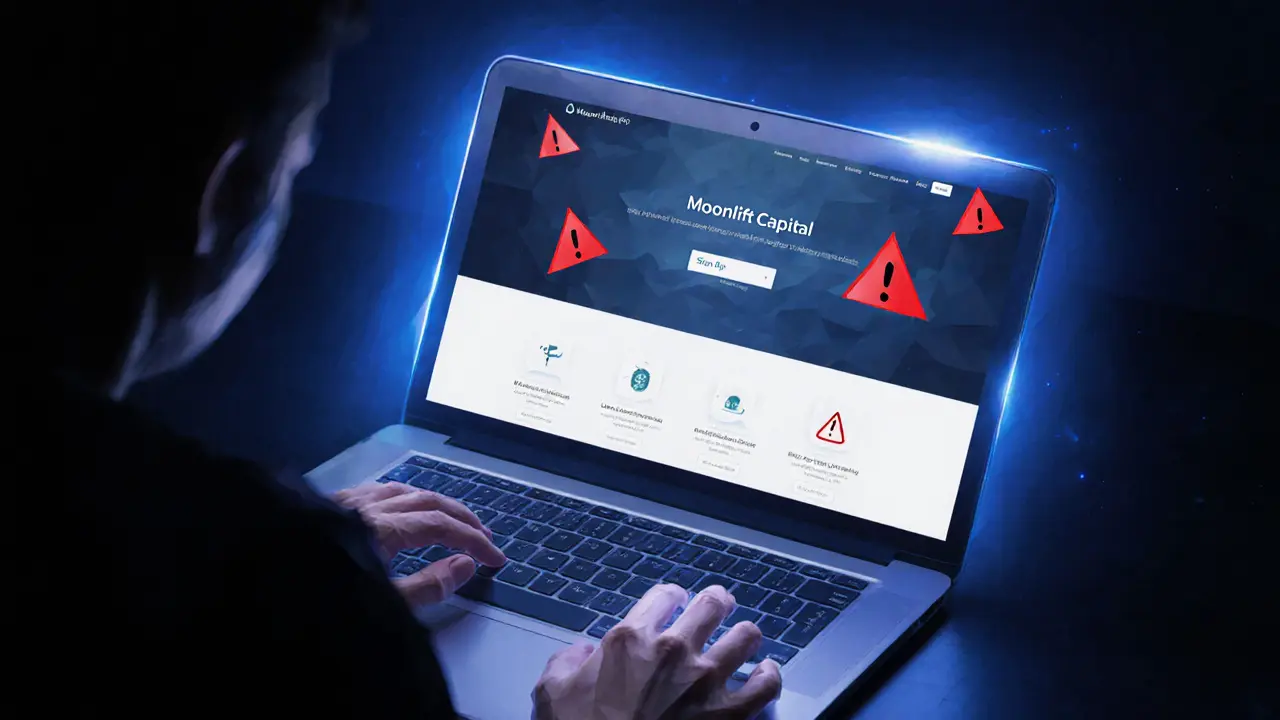Regulatory Compliance in Crypto: What You Need to Know
When working with Regulatory Compliance, the collection of laws, rules and standards that crypto projects, exchanges and users must follow to stay legal and avoid penalties. Also known as crypto regulation, it shapes how digital assets are issued, traded and stored worldwide. In simple terms, it’s the rulebook that keeps the fast‑moving crypto world from running into trouble with governments.
Core Elements That Drive Compliance
One of the first pillars is AML, anti‑money‑laundering measures that require verification of users' identities and monitoring of suspicious transactions. AML isn’t optional; it’s a legal requirement that any platform handling crypto must embed in its onboarding flow. Without proper AML checks, exchanges risk fines, shutdowns, or even criminal charges.
Another critical piece is the Crypto Exchange Regulation, the set of licensing, reporting and security standards that exchanges need to obtain and maintain in each jurisdiction they serve. Our recent exchange reviews—like those of DA.SG, DuckSwap and KuMEX—show how licensing status, fee structures and security audits directly affect a platform’s compliance score. If an exchange can’t prove it follows AML, KYC and capital‑adequacy rules, it often ends up on a blacklist.
In Europe, the new MiCA, the Markets in Crypto‑Assets Regulation that creates a harmonized framework for all EU member states, is reshaping the compliance landscape. MiCA forces token issuers to publish white‑papers, secure custodial licenses and set up clear governance. This means projects that once operated in a gray zone now have to adopt stronger transparency and consumer‑protection practices.
The United States takes a different route. The SEC and CFTC enforce separate sets of rules that focus on securities classification and derivatives trading. When a token is deemed a security, the issuer must register the offering or qualify for an exemption. This split between US and EU approaches creates a compliance matrix that global operators must map out before launching services.
Privacy‑focused coins like Monero and Zcash illustrate how specific asset classes can trigger additional compliance hurdles. The EU’s decision to ban these privacy coins on regulated platforms by 2027 adds a layer of AML scrutiny, as governments worry about the difficulty of tracing illicit flows. Projects dealing with privacy tech now need to implement optional transparency features or risk being excluded from major exchanges.
Security audits also tie directly into compliance. Our 2025 audit‑cost guide breaks down pricing by project type—smart contracts, DeFi protocols and enterprise blockchains—showing how thorough audits can satisfy regulator‑mandated risk‑management standards. Skipping an audit not only raises the chance of a hack but also signals non‑compliance to watchdogs.
Airdrops may look like free giveaways, but they too fall under the compliance umbrella. When tokens are distributed to a wide audience, issuers must consider KYC, tax reporting and anti‑spam regulations. Our airdrop case studies (e.g., Space Misfits CROWN, PERRY, and QBT) reveal how proper documentation and user verification keep projects on the right side of the law.
All these pieces—AML, exchange licensing, MiCA, US securities law, privacy‑coin rules, audit requirements and airdrop guidelines—interlock to form a comprehensive compliance framework. Below you’ll find in‑depth articles, reviews and how‑to guides that break each element down, so you can navigate the ever‑changing regulatory terrain with confidence.

A thorough review of Moonlift Capital highlights its lack of transparency, missing regulatory info, and high risk compared to established exchanges like Coinbase.
- Read More
